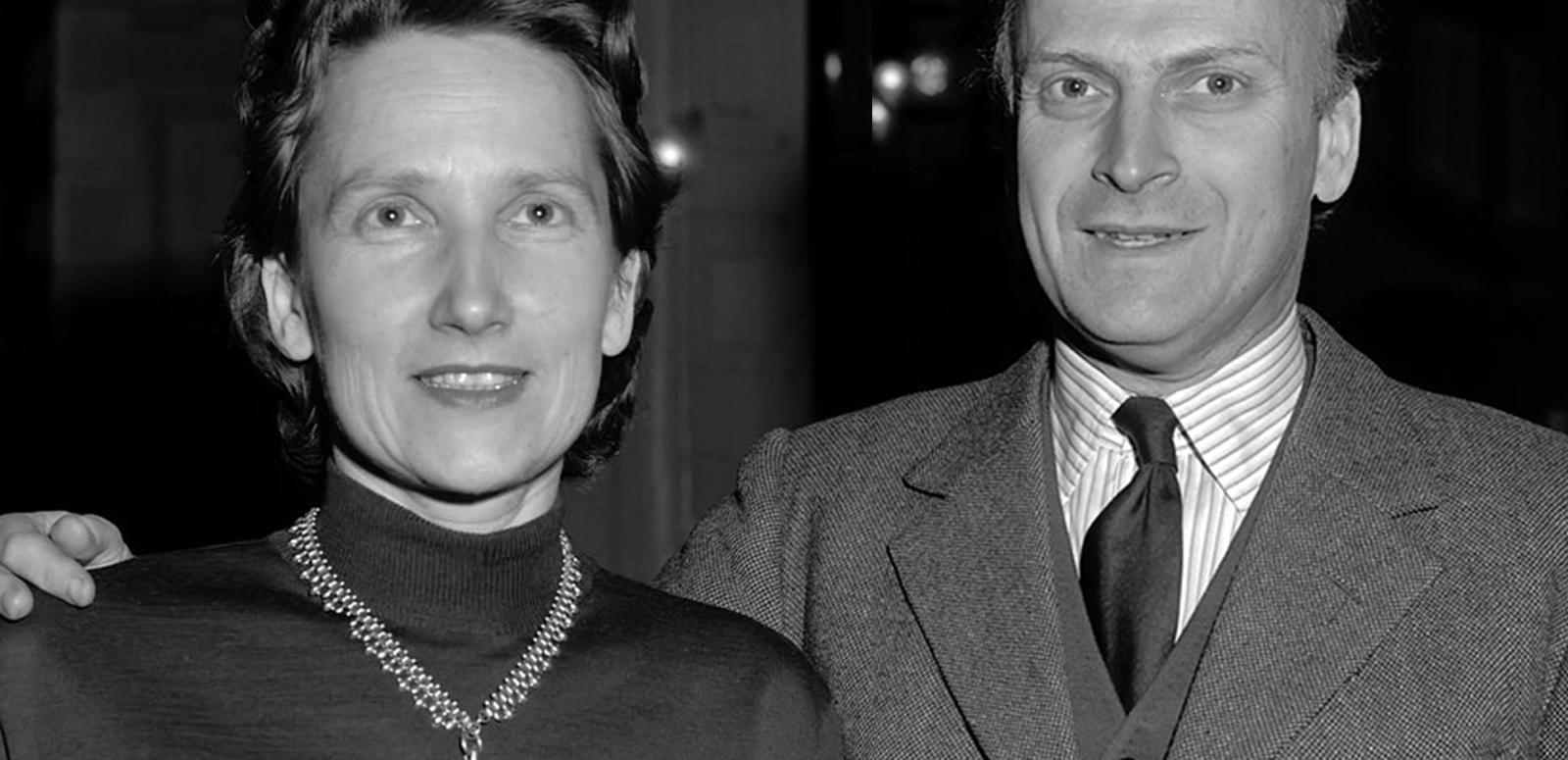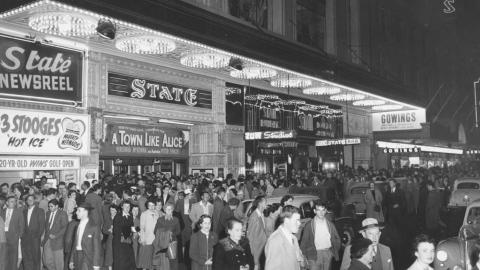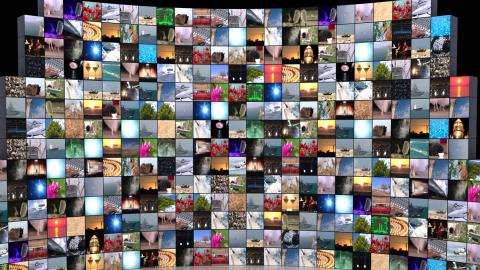

Hephzibah Menuhin
Hephzibah
Ever heard of Aspro headache tablets? What about world-famous violinist Yehudi Menuhin and his sister Hephzibah? Incredibly, there is an Australian connection that links them.
As the Data Quality officer at the NFSA, I regularly research performers, actors and copyright holders, developing concise biographies and adding birth and death dates for future reference. It was while researching Hephzibah Menuhin that I came across this story.
'Aspro’ was developed in Australia by George Nicholas, a chemist, in 1915. Aspirin had been developed in Germany by Bayer but, as a German product, it was suddenly unavailable when the First World War broke out. George set out to manufacture the product in Australia, eventually succeeded, and the product was named Aspro as the Aspirin name could eventually be claimed by Bayer. Sales skyrocketed, and the Nicholas family became very wealthy.
In this clip from episode 16 of This Fabulous Century: The Home (1979), Australian producer and presenter, Peter Luck, narrates the story of the development of Aspro. The clip starts with an advertisement for Aspro with Roger Climpson, a well-known newsreader at the time, whose presence lends the product a certain gravitas. The advertisement is an interesting example of early television advertising, especially for its repeated prominent visual representation of the brand name, ‘Aspro’, to make the product synonymous with pain relief. This is an advertising technique still used today. Luck then provides a tightly constructed history of the development of Aspro over a clever montage of archival images including paintings, illustrations, newspaper clippings, photographs and advertisements. As can be seen in this clip, the historical material and lively narration are used effectively to tell a compelling moment in Australian history.
George Nicholas and his first wife had four children. The eldest, Lindsay, and his younger sister, Nola, became talented musicians. In March 1938, George Nicholas and his second wife, Shirley, took 22-year-old Lindsay and 19-year-old Nola to London. At the same time, in the same hotel, were the talented American Menuhin siblings: violinist Yehudi, just 21, and pianist Hephzibah, 17.
The two sets of siblings met backstage after one of the Menuhins’ concerts and chemistry again transformed the lives of the Nicholas family! Yehudi became entranced by Nola and soon married her in London. Hephzibah also started to see Lindsay as a potential husband. Perhaps somewhat boldly for the times, Hephzibah proposed to Lindsay, despite the fact that he had a girlfriend back in Australia, and they were married in California later that year.
Yehudi and Nola went to live in the United States, but Hephzibah travelled to Australia with Lindsay after her marriage. They moved to Lindsay’s home, 'Terrinallum’, a sheep station nearly 340 km from Melbourne. The sophisticated musician living on a sheep station in rural Victoria created a media sensation at the time. How would she adapt to rural life and support her husband’s activities?
Hephzibah gave up a promising career as a concert pianist to become Mrs Lindsay Nicholas. She had two boys, Konrod and Marston, during the Second World War, and did not use the piano for concert practice until 1940, when her brother arrived in Australia for a series of concerts with Hephzibah. She helped establish the Red Cross in the district and put her own money into the local school and Victoria’s first travelling library, for the children of the district.
Hephzibah was a glamorous hostess and contemporary sources describe the parties, often with impressive guests like Sir Laurence Olivier and his wife Vivien Leigh, in 1948. We have a recording of Olivier and Leigh from the time reciting Banjo Paterson, apparently to debunk the idea that only local voices were suited to delivering the rhythm of Australian verse.
Hephzibah also supported many postwar European migrants. In 1948 she worked with Austrian-born Richard Goldner in the establishment of the Musica Viva society, which still operates today.
The marriages of both Yehudi and Hephzibah ended in divorce. Hephzibah met and married Viennese sociologist Richard Hauser in 1955. Hauser and his then wife Ruth and daughter Eva had come to Sydney to work for the New South Wales State Government and he and Hephzibah met in Sydney in 1951. Hauser’s daughter Eva became Eva Cox, a passionate feminist, social commentator and advocate for social change, like Hephzibah.
Hephzibah and Richard relocated to London and remained married until her death from throat cancer in 1981. In total, she spent 17 years in Australia. You can learn more of her story in Hephzibah (Curtis Levy, Australia, 1998), winner of the AFI Award for Best Documentary in 1999.
The National Film and Sound Archive of Australia acknowledges Australia’s Aboriginal and Torres Strait Islander peoples as the Traditional Custodians of the land on which we work and live and gives respect to their Elders both past and present.


